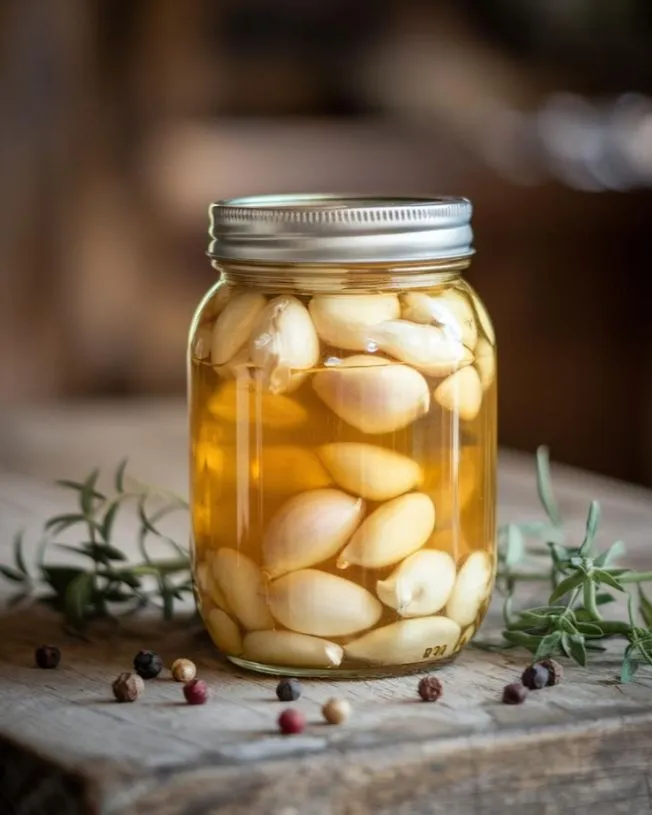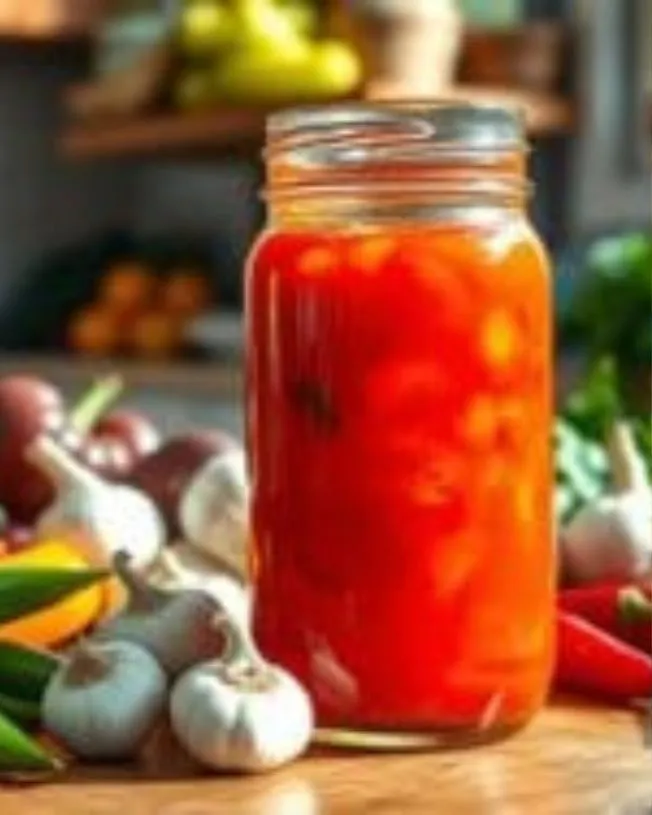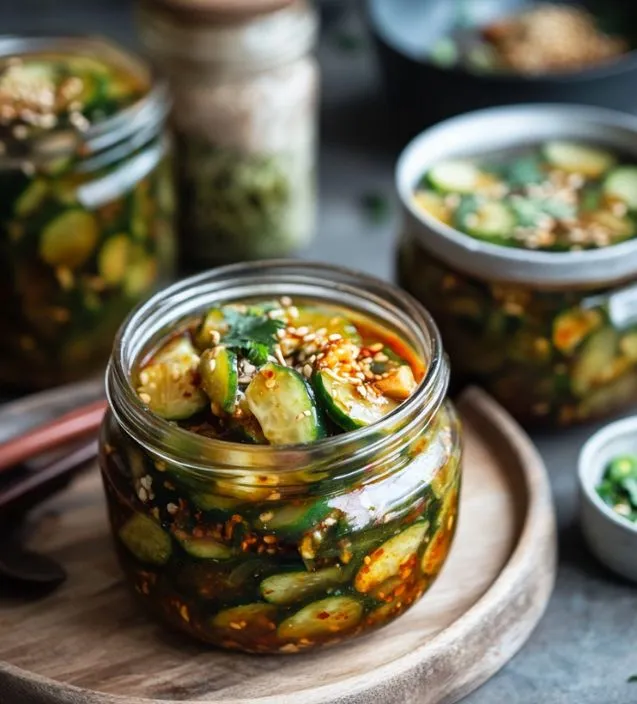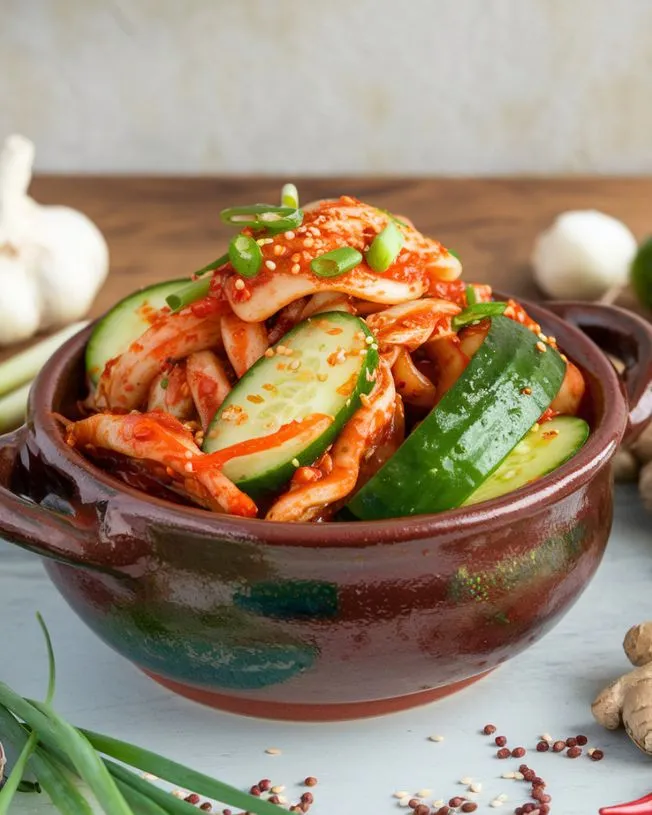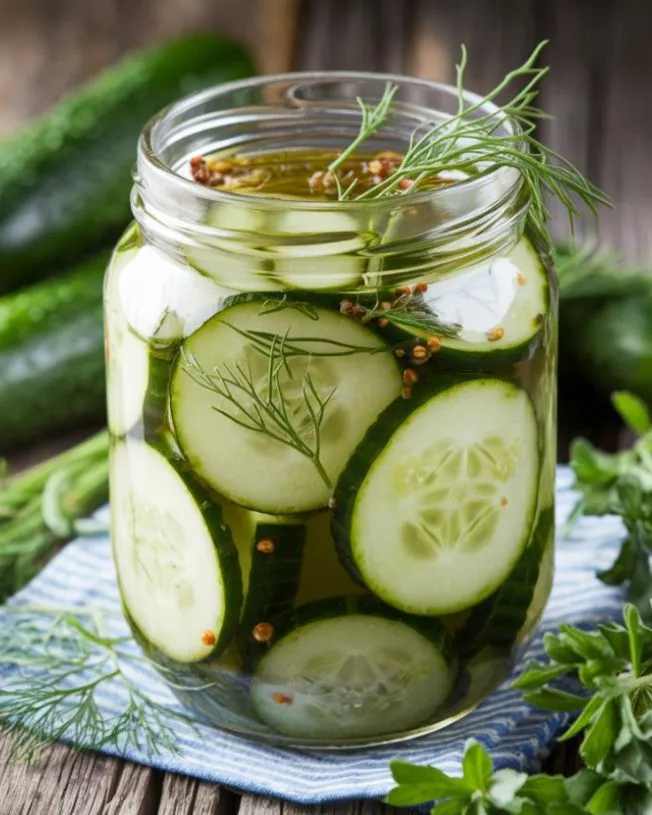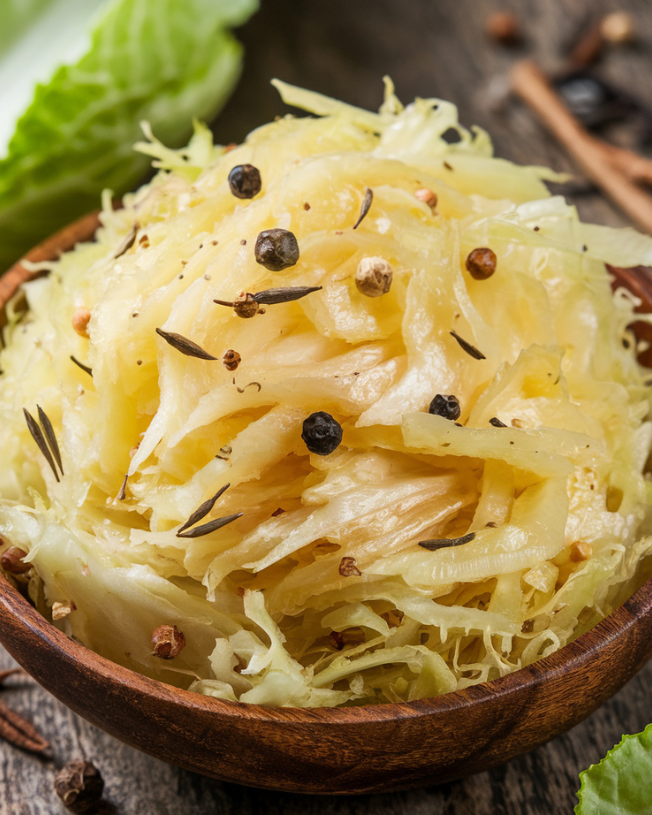Fermented garlic is a culinary gem with powerful health benefits and a unique, tangy taste. This flavorful ingredient is easy to make at home and offers a delightful twist on traditional garlic. With just a few simple steps, you can create a jar of fermented garlic to add a burst of flavor to countless dishes. In this guide, we’ll dive into everything you need to know about fermented garlic—from its health benefits to the steps you need to create your jar of this nutrient-packed ingredient.
What is Fermented Garlic?
Fermented garlic is simply garlic cloves that have gone through a fermentation process, which boosts its health benefits and transforms its taste. As a result, you get softer, tangier garlic cloves that can be used in a variety of dishes. With its rich flavor and probiotic benefits, it’s a fantastic way to elevate meals while supporting gut health.
Health Benefits of Fermented Garlic
Garlic has been valued for its healing properties for centuries. When fermented, its health benefits increase, making it a powerhouse addition to a healthy diet. Here are some key reasons to try fermented garlic:
Rich in Probiotics
The fermentation process introduces probiotics—beneficial bacteria that improve gut health. A healthy gut is essential for overall wellness, as it plays a crucial role in digestion, immunity, and even mental health.Enhanced Antioxidant Levels
Antioxidants are essential for fighting off free radicals, which can damage cells and lead to aging and disease. Fermentation enhances the antioxidant levels in garlic, which may help reduce inflammation and improve immune function.Boosted Immunity
Garlic is known for its immune-boosting properties, and fermentation amplifies these effects. Fermented garlic can help combat colds, flu, and other illnesses, making it an excellent ingredient to incorporate into your diet.Improved Digestion
Probiotics in fermented foods are well-known for aiding digestion. Fermented garlic can help balance the bacteria in the gut, promoting better digestion and nutrient absorption.Reduced Potency
For some, raw garlic’s intense flavor and heat can be a bit overwhelming. Fermentation mellows garlic’s sharpness, making it more palatable while retaining its health benefits.
With these impressive benefits, it’s no wonder fermented garlic has gained popularity as a go-to ingredient in health-conscious kitchens!
How to Make Fermented Garlic at Home
Making fermented garlic is surprisingly simple, and you don’t need much in the way of equipment. Follow these steps to make your batch of fermented garlic.
Ingredients:
- 2 cups fresh garlic cloves, peeled
- 1 tablespoon sea salt
- 2 cups non-chlorinated water (filtered or spring water works best)
Instructions:
Ready to make your batch of fermented garlic? Here’s how:
Prepare the Garlic: Start by peeling fresh garlic cloves. If you prefer, you can also use pre-peeled garlic from the store to save time.
Make the Brine: Combine 1 tablespoon of sea salt with 1 cup of water to create the brine. Mix thoroughly until the salt has fully dissolved.
Pack the Jar: Place the peeled garlic cloves into a clean, sterilized glass jar. Try to pack them tightly without crushing them.
Add the Brine: Pour the brine over the garlic cloves until they are fully submerged. To ensure the cloves stay below the surface, use a fermenting weight or a small glass object that fits within the jar.
Seal and Store: Cover the jar with a fermentation lid or a loosely closed lid to allow gas to escape during fermentation. Place the jar in a cool, dark spot for about 1-2 weeks, checking it periodically to ensure the garlic remains submerged.
Taste and Refrigerate: After a week, taste the garlic to see if it has reached your preferred flavor. Once it’s to your liking, close the jar tightly and move it to the refrigerator to slow the fermentation process.
With this method, your fermented garlic can last up to six months when stored properly in the refrigerator. Not only is it delicious, but it also becomes a handy ingredient that adds a punch of flavor to your favorite recipes.
Tips for Successful Garlic Fermentation
To ensure the best results, keep these tips in mind:
- Avoid Metal Tools: Metal can react with the salt in the brine, potentially affecting the fermentation process. Use glass or ceramic containers and wooden or plastic utensils.
- Check for Mold: A white, cloudy substance (often called kahm yeast) may appear on the surface. It’s harmless and can be skimmed off. However, discard the batch if you see black or pink mold.
- Use Fresh Garlic: Fresh garlic cloves ferment more evenly and produce the best flavor. Avoid garlic that’s soft, bruised, or sprouting.
Ways to Use Fermented Garlic
Fermented garlic’s mellow, tangy taste works in a variety of dishes. Here are some tasty ways to add it to your meals:
- Dressings and Sauces: Add minced fermented garlic to homemade dressings or sauces for an extra kick of flavor.
- Spreads: Mash fermented garlic into softened butter or hummus for a tasty spread.
- Soups and Stews: Stir a few cloves into soups or stews near the end of cooking for a subtle garlic note.
- Marinades: Use fermented garlic in marinades to bring a tangy flavor to meats, tofu, or vegetables.
- Pizza and Pasta: Minced fermented garlic can be sprinkled over pizzas or added to pasta sauces for a zesty finish.
Frequently Asked Questions (FAQ)
1. How long does fermented garlic last?
When stored in the refrigerator, fermented garlic can stay fresh for up to six months. Make sure the garlic remains submerged in the brine for the best preservation.
2. Can I use fermented garlic in cooked dishes?
Absolutely! Cooking fermented garlic softens its flavor, making it an excellent addition to stir-fries, soups, and sauces.
3. Is it possible to adjust the salt level in the brine?
Yes, you can adjust the salt level to suit your taste. However, keep in mind that salt helps preserve the garlic, so lowering it may shorten its shelf life.
4. Can I add spices or herbs to the ferment?
Definitely! Adding spices like rosemary, thyme, or chili flakes can infuse the garlic with extra flavor. Just be cautious with amounts so they don’t overpower the garlic.
5. Do I need a special lid for fermenting garlic?
While not required, a fermentation lid can make the process easier by allowing gas to escape while keeping out contaminants. Alternatively, a loosely closed regular lid works too.

